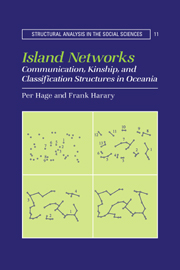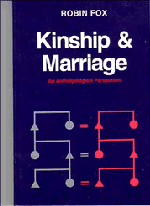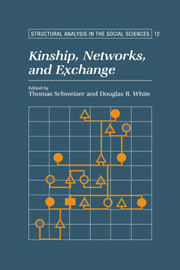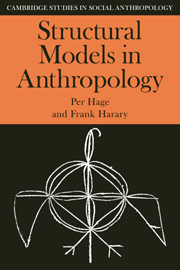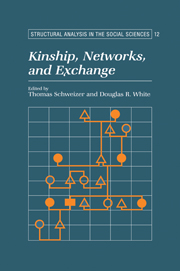Island Networks
Contrary to common perception and belief, most island societies of the Pacific were not isolated, but were connected to other island societies by relations of kinship and marriage, trade and tribute, language and history. Using network models from graph theory, the authors analyse the formation of island empires, the social basis of dialect groups, the emergence of economic and political centres, the evolution and devolution of social stratification and the evolution of kinship terminologies, marriage systems and descent groups from common historical prototypes. The book is at once a unique and important contribution to Oceania studies, anthropology and social network analysis.
- Demonstrates the use of graph theory in cultural anthropology at a level accessible to the non-mathematical reader
- Extends the models used in the authors' other two books to apply them to communication, kinship and classification structures
- A unique and important contribution to Oceania studies, anthropology and social network analysis in general
Product details
No date availablePaperback
9780521033213
320 pages
229 × 152 × 19 mm
0.477kg
121 b/w illus. 4 maps 10 tables
Table of Contents
- List of figures, tables, and maps
- Preface
- Acknowledgements
- 1. Island networks and graphs
- 2. Trees
- 3. The minimum spanning tree problem
- 4. Search trees I
- 5. Search trees II
- 6. Centrality
- 7. Dominating sets
- 8. Digraphs
- 9. Conclusion
- References
- Index.

